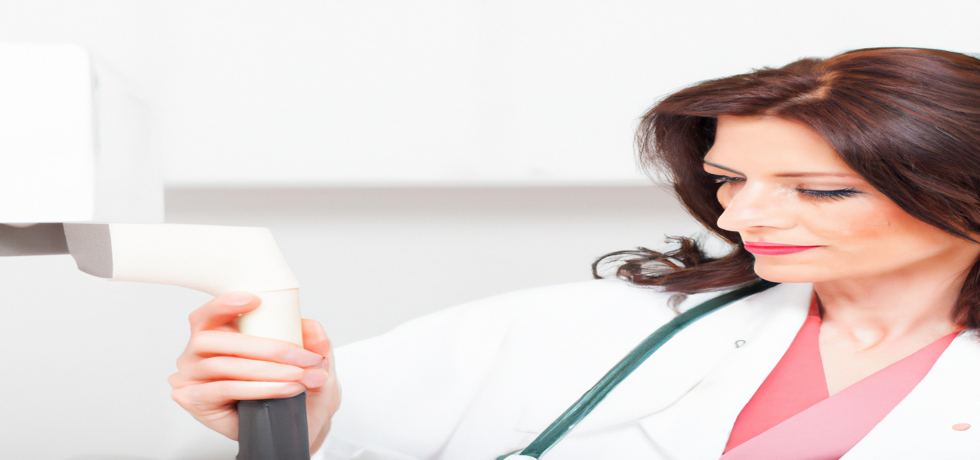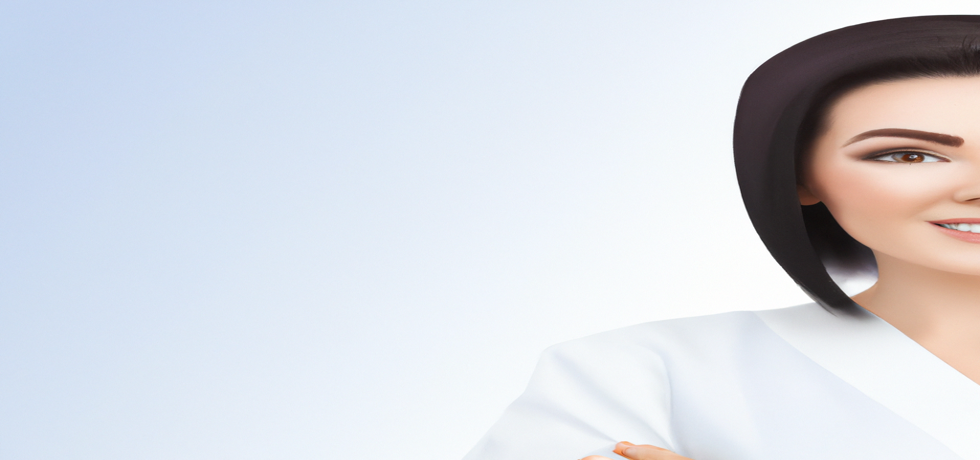Be Skin Tag-Free: Tried and Tested Techniques for Removal Introduction Skin tags, those small, soft pieces of skin that hang off the body, are common and generally harmless. However, many people wish to remove them for cosmetic reasons or because they can become irritated. If you’re looking to be skin tag-free, you’re in luck! This …
Continue reading “Be Skin Tag-Free: Tried and Tested Techniques for Removal”











